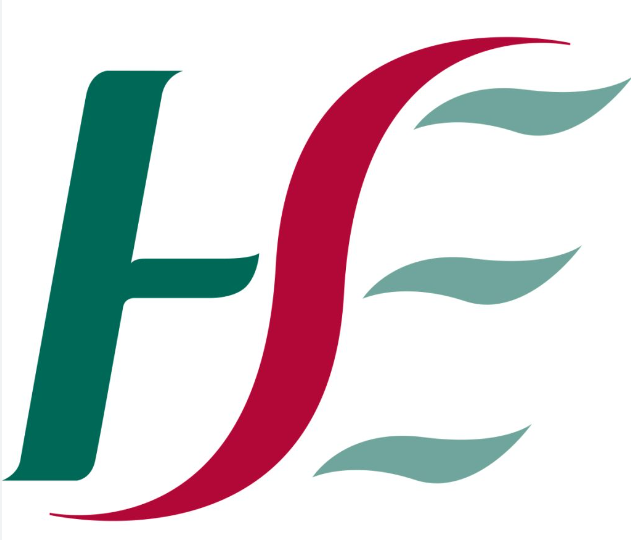Programme: Dublin City
WHO Theme: Community Support and Health Services, Housing
Cost: 0 – 500
Status: Completed
Description
BACKGROUND:
In order to improve resident safety and reduce hospital admissions, the Optimizing Bed Height Quality Improvement Study aims to raise awareness among healthcare professionals about the importance of ensuring optimal bed height to prevent falls and injuries in residents and to improve bed mobility.
The Patient Safety Strategy 2019-2024 was the benchmark for this study.
Bed fall statistics have been taken from the incident report and analyzed, with a view to identifying causes of bed fall and possible improvement areas.
The parameters from a 2015 study, Analysis of the Influence of Hospital Bed Height on Kinematic Parameters Associated with Patient Falls During Egress’, are taken into account when using intervention techniques.
AIMS AND OBJECTIVES OF THIS PROJECT/INITIATIVE:
1. To determine an optimum bed height that is low enough to reduce the risk of fall-related injury.
2. To determine an optimum bed height for safe mobilisation from the bed to enhance resident safety.
3. Empower and implement a change practice strategy, which involves multidisciplinary approaches to anticipate and respond to risks to patients’ safety when managing falls from bed.
METHODOLOGY:
Nurses and physiotherapists assess residents’ mobility and determine bed optimum height, with staff trained on the importance. They visit each resident’s room daily to ensure the bed is in the optimum position, recorded in a monitoring system and discussed in a monthly Fall committee meeting which served as a communication tool.
DATA ANALYSIS:
The data obtained during the six-month period of intervention (July to December 2022) was compared with the pre-test results.
RESULTS:
When results from a six-month intervention period (July to December 2022) were compared to those from a six-month pre-intervention phase (January to June 2022) with fourteen bed falls, there was a FIFTY PERCENT decrease in bed falls.
CONCLUSION:
After a six-month clinical trial, the study revealed that older adults who had bed falls and trouble getting out of their beds had lower fall rates, suggesting that stakeholders’ knowledge of the ideal bed height had increased.
This measurable study does not require any funding, which would facilitate the adoption of strategic objectives and the implementation of feasible intervention techniques by a number of Community units in Ireland and worldwide.
Aim of Initiative
1. To determine an optimum bed height that is low enough to reduce the risk of fall-related injury.
2. To determine an optimum bed height for safe mobilization from the bed to enhance resident safety.
3. Empower and implement a change practice strategy, which involves multidisciplinary approaches to anticipate and respond to risks to patients’ safety when managing falls from bed.
Who is it aimed at
The initiative was aimed at:
1. All older residents over 65+ who had fallen from bed from January to June 2022.
2. All stakeholders involved in clinical intervention and gave Multi-disciplinary
approach in managing falls from Bed and implementing a change practice strategy.
3 Steps critical to success
- Who collected data and how?
The physiotherapist collected Fall data statistics from the Incident report. - How was the program tested?
Pre-test:
The resident’s six months (From January to June 2023) number of falls from the bed were collected.
Test:
The nurse and Physiotherapist together evaluate the Bed height and mobility status of
the resident. Determine that the height of the patient’s hip or knee angle should be slightly> 90 degrees, feet flat on the floor, and comfortable /easy for them to transition from sitting to standing and vice-versa.
The next step is to place a poster on the wall at the head of the bed.
Educating all care providers (including cleaners and Agency staff) about the poster and the importance of proper bed height.
It was agreed in the Monthly Fall committee meeting that CNMs / In charge Nurses go for ward rounds to check for correct bed height and to record in the Monitoring system. - Post test:
Compared pre-test data with the data from month 6th (July to December 2022) of the test.
3 Challenges in Planning / Delivery
- Problem: staff are less aware of the fact that the problem being addressed by the improvement intervention is not a problem.
Intervention: Using resident Falls from bed statistics were used to explain to staff, the cause of the fall and the danger of resident fall from the bed and the fracture risks were explained to the staff. - Problem: some of the clinical staff were actively opposed to improvement efforts, or had little or no effort to support them, and some of them were too busy to be interested in improvement projects.
Intervention: The organisational change involved all stakeholders. Meetings of the Falls committee have been held every month, with tasks taken on by each staff member and monitored periodically. - Problem: Convincing that the Intervention is the right one to prevent resident falls from bed.
Intervention: good quality scientific evidence (The Patient Safety Strategy 2019-2024 and the study parameters from the article (Elsevier B, published an analysis of how hospital bed height affects kinematic parameters related to patient falls during egress in 2015) to support interventions were quoted and explained to staff.
3 Outcomes / Benefits
- When results from a six-month intervention period (July to December 2022) were compared to those from a six-month pre-intervention phase (January to June 2022) with fourteen bed falls, there was a FIFTY PERCENT decrease in bed falls (Key Performance Indicator).
- After a six-month clinical trial, the study revealed that older adults who had bed falls and trouble getting out of their beds had lower falls rates, suggesting that stakeholders’ knowledge of the ideal bed height had increased.
- This measurable study does not require any funding, which would facilitate the adoption of strategic objectives and the implementation of feasible intervention techniques by a number of Community units in Ireland and worldwide.

